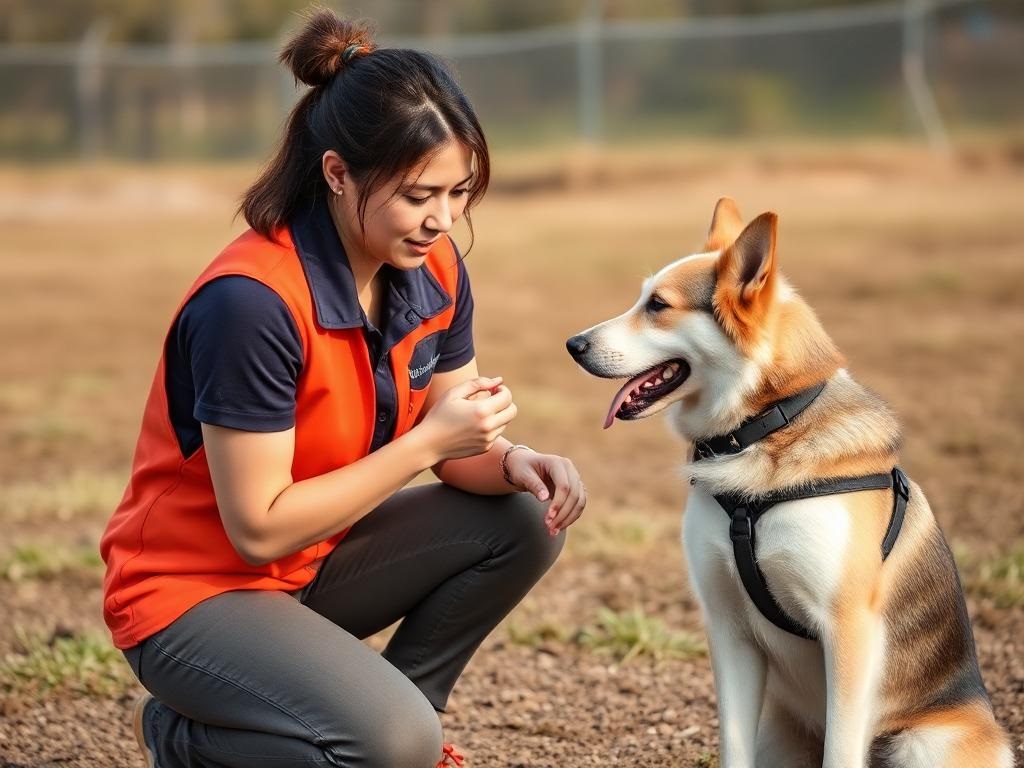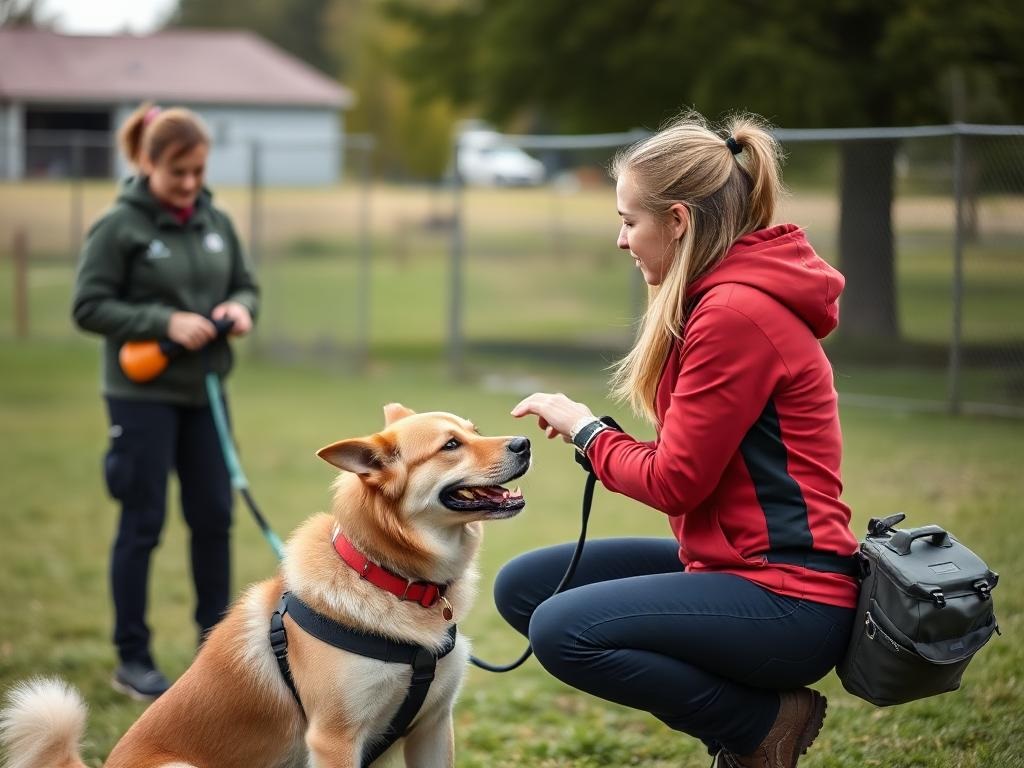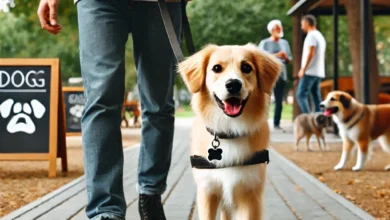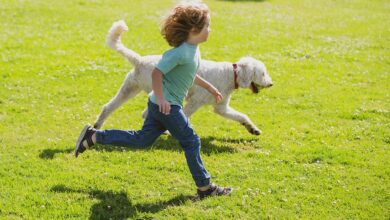Common Mistakes in Dog Training
Common Mistakes in Dog Training
Dog training is a crucial process that enhances the quality of life for both the dog and the owner. However, many dog owners unknowingly make mistakes during training that can hinder their dog’s learning and lead to unwanted behaviors. Here are the most common mistakes in dog training and how to avoid them.

Impatience and Inconsistency
Dog training requires patience and consistency. Many owners expect their dogs to learn commands instantly and become frustrated when progress is slow. However, dogs learn through repetition and positive reinforcement. It’s essential to give the same command consistently and allow your dog time to understand and perform the desired behavior.
How to Avoid It?
Always use the same tone and wording for commands. Reward successful behavior and approach your dog with patience.
Overuse of Punishment
Dogs learn faster through rewards rather than punishment. Excessive punishment can instill fear and weaken the bond between you and your dog. It also creates confusion, as the dog may not understand why it’s being punished, leading to stress.
How to Avoid It?
Opt for positive reinforcement methods. Reward good behavior, and instead of punishing bad behavior, offer alternatives and guide your dog toward the correct actions.
Poor Timing
The timing of rewards or punishment must be immediate and linked to the dog’s current behavior. If you don’t reward your dog right after it performs the correct behavior, it won’t associate the reward with the action. Similarly, delayed punishment leaves the dog confused about its wrongdoing.
How to Avoid It?
Give rewards and punishments immediately after the behavior occurs. This helps your dog learn what actions are good or bad.

Training Sessions That Are Too Long
Dogs have limited attention spans. Long training sessions can cause your dog to lose interest and focus. Short, effective training sessions ensure better learning and maintain your dog’s enthusiasm.
How to Avoid It?
Keep training sessions around 10-15 minutes and tailor them to your dog’s energy level. End each session with a small reward to maintain motivation.
Lack of Socialization
Dogs need to socialize with other dogs and humans. If your dog doesn’t get enough socialization during its puppy stage, it may develop aggressive or shy behaviors later in life. Socialization helps your dog adapt to different environments and interact safely with others.
How to Avoid It?
Start socializing your dog at a young age. Take them to parks, walks, or dog-friendly events where they can meet other dogs and people. Proper socialization reduces stress in unfamiliar situations.
Ignoring Physical and Mental Needs
Dogs require both physical exercise and mental stimulation. Without enough activity, dogs can exhibit destructive behaviors or struggle to focus during training sessions. A tired, unstimulated dog will be harder to train.
How to Avoid It?
Provide your dog with daily exercise and mental challenges, like puzzle toys or obedience games, to keep their mind sharp and energy levels balanced.
Using the Wrong Training Method
Not all dogs respond to the same training techniques. Some may learn quickly through firm commands, while others need a gentler approach. Using an inappropriate training method for your dog’s personality can hinder progress.
How to Avoid It?
Understand your dog’s temperament and choose a training method that fits. If one method isn’t working, try a different approach. Seeking advice from a professional dog trainer can also be beneficial.
Mistakes during dog training can unknowingly slow your dog’s learning process. By maintaining patience, consistency, and using positive reinforcement, you can avoid these common errors. Remember, every dog is unique, and the right training will help them live a happy, balanced life.





Hello.
Good cheer to all on this beautiful day!!!!!
Good luck 🙂